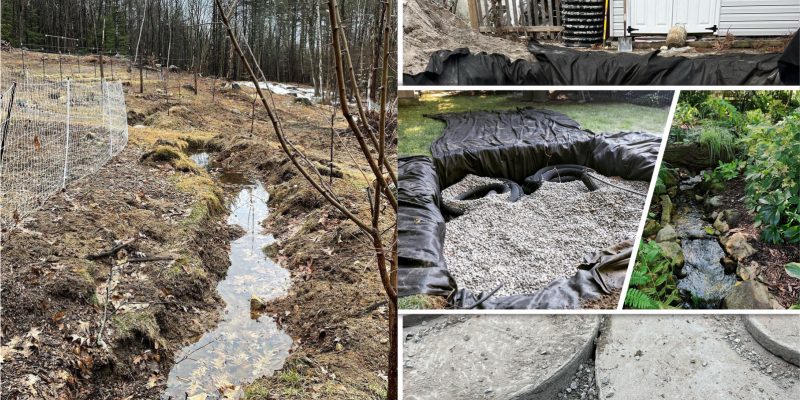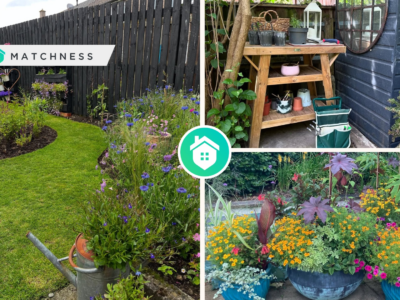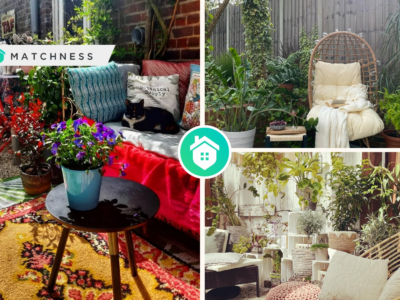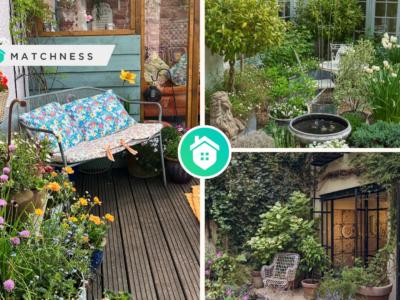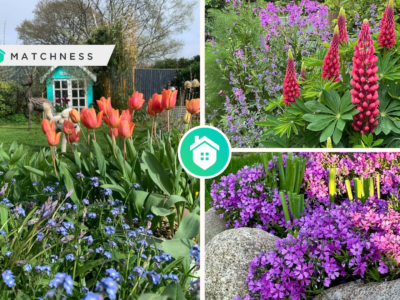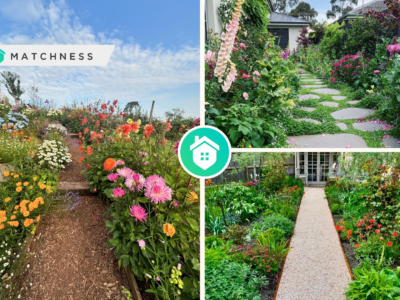A beautiful landscape will increase your home exterior for sure. It will increase your home curb appeal. Thus, creating it well and properly is very important. And when it comes to keeping your landscape healthy, drainage is an important thing. Your plants and grass need adequate water to live. But when water accumulates and is not properly flowed it can actually cause problems and endanger your landscape. Too much water will kill your plants and make your grass look unsightly. Therefore, it is important to pay attention to drainage in your landscape.
If you have trouble keeping your landscape free of excess water, there are a few elements that can help. They include retaining walls, French drains and dry wells. To begin, it’s important to determine the causes of the drainage issue and your landscape condition. It could be the soil is too compacted or there is a high clay content. Furthermore, take a look at these ideas below.
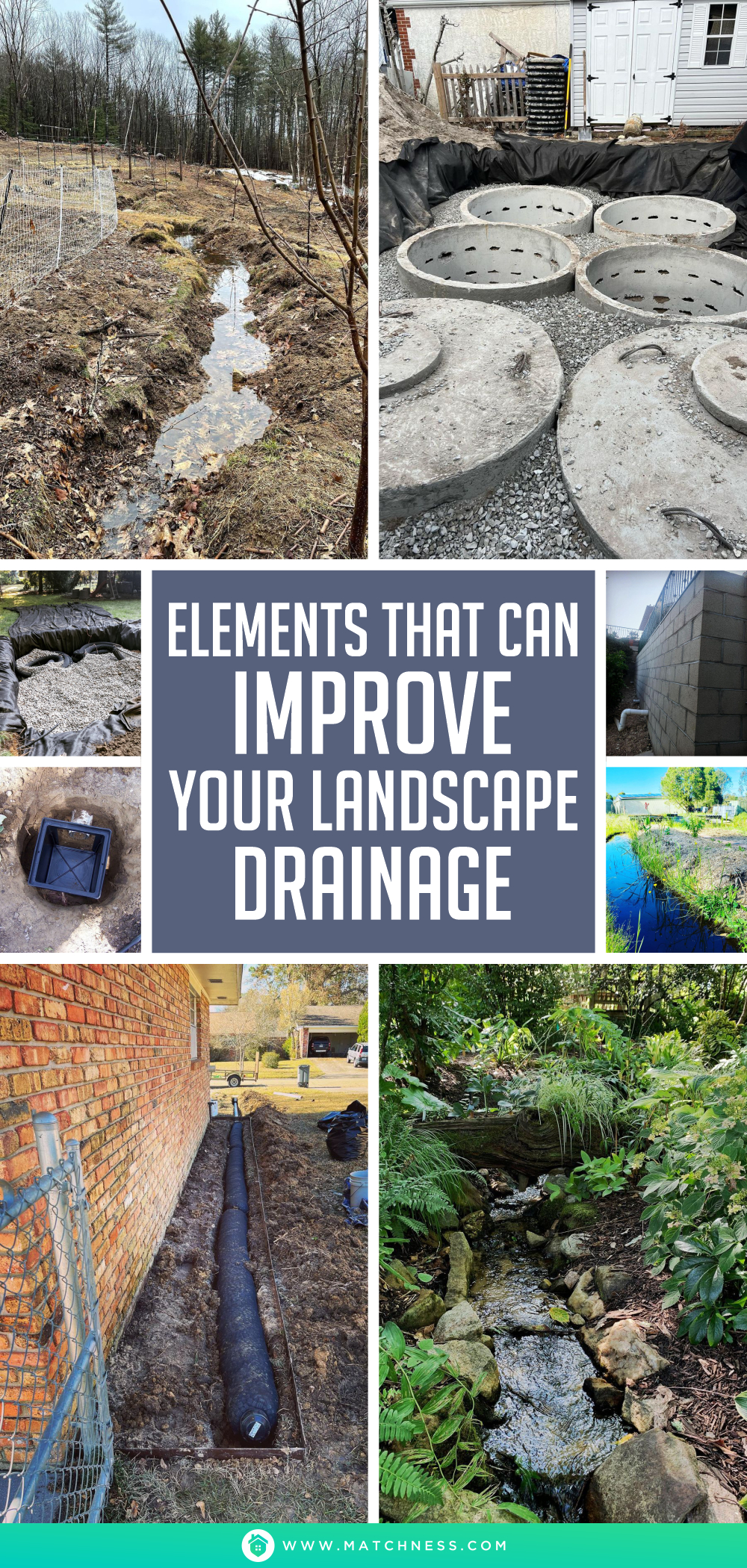
Retaining Walls
One of the most effective ways to improve your landscape drainage is by constructing a retaining wall. These structures can help stop soil erosion by keeping the ground in place and allow you to plant. Retaining walls can also help redirect water from certain areas to dry spots. They can be built from a variety of materials like masonry, concrete, or landscaping timbers.
Unlike fences, which can be difficult to maintain, a retaining wall provides an excellent space for grass growth and shade-tolerant plants. Retaining walls also provide a level space for sidewalks and walkways to be constructed on sloped terrain. They can even help create slightly sloped ramps for wheelchair access.
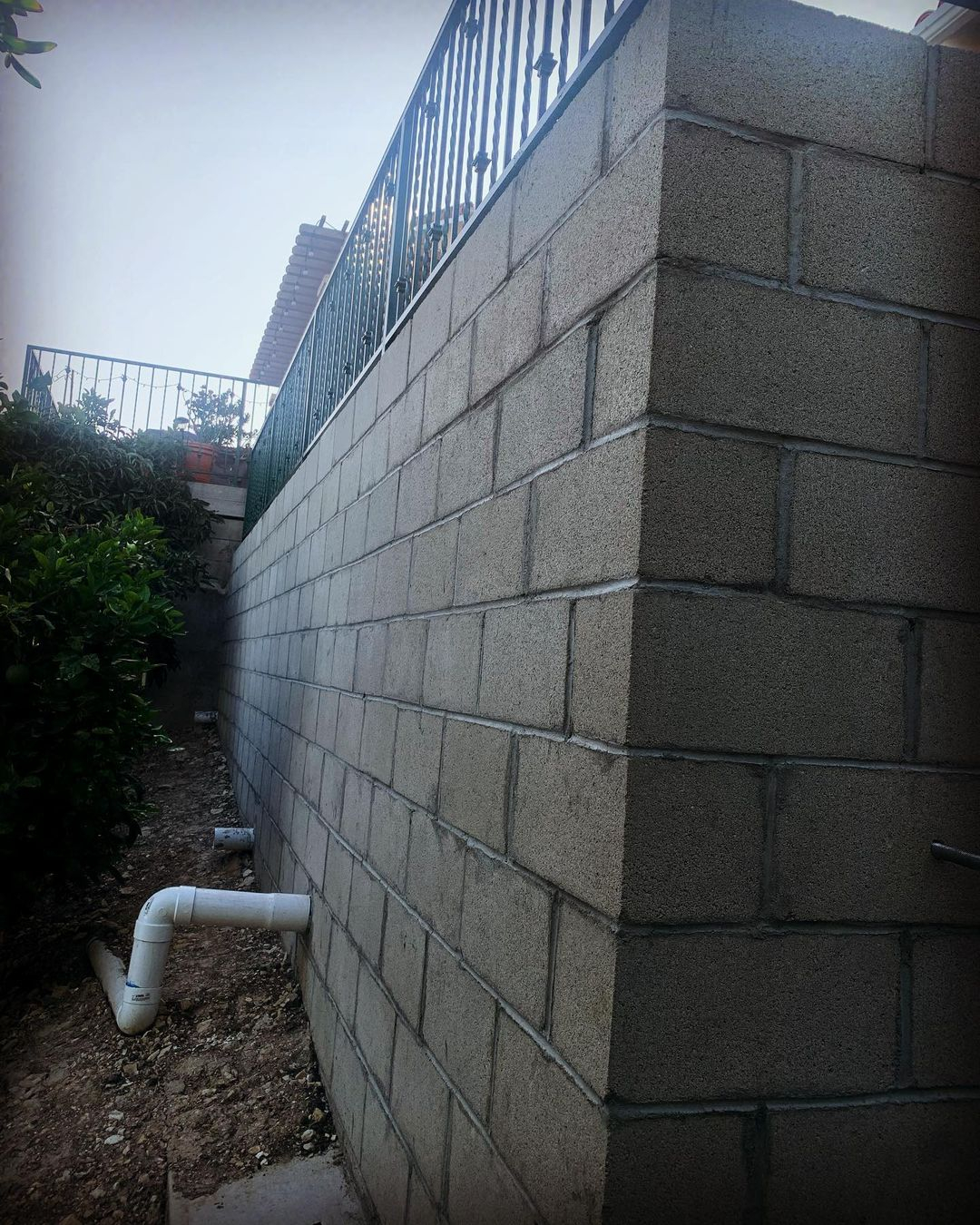
To help moisten the soil around your home, you will need landscape drainage. What needs to be prepared now is to make sure the wall you are using has a material that is sturdy, hard and does not shift or move easily when used for a long time. Concrete retaining walls are an option that will never fail, this material has a solid surface, is durable and of course can be colored or repainted according to the budget you have. Concrete Retaining Wall from @alphastructural
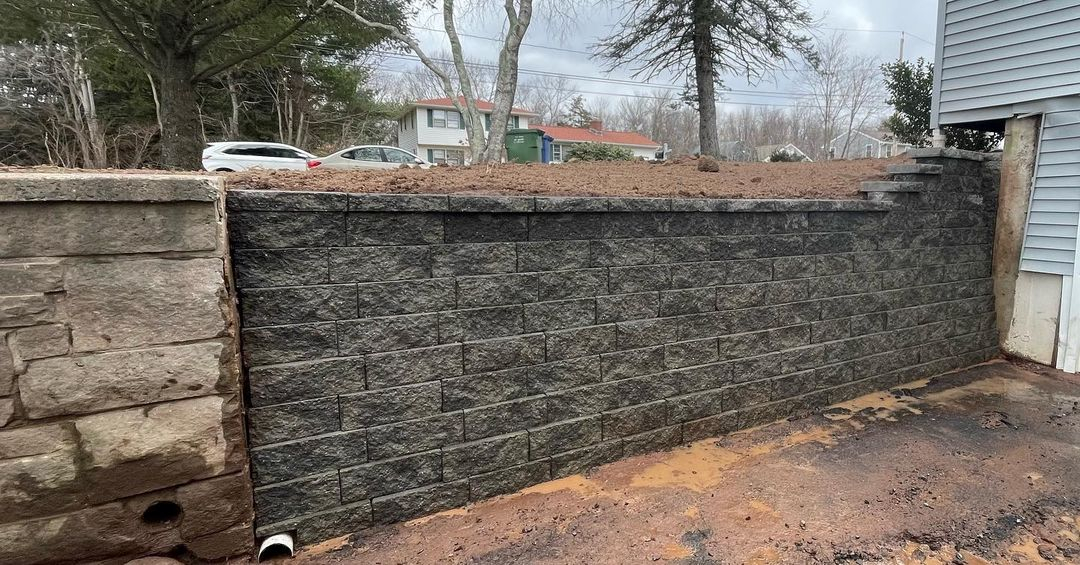
With adequate drainage, mansory walls will be strong and durable. To get a solid retaining wall foundation, of course you need a handyman to install it. One of the advantages that you can get from using this wall is to reduce soil pressure. How did it happen ? Yes, because the mansory retaining wall is covered with mortar resting on reinforced concrete footings installed below the frost line. Mansory Retaining Wall from @iovannapropertymaintenance
French Drains
If your property has a low spot that often collects water, French drains can help redirect the flow. Named for Henry French, a judge and farmer who wrote about them in 1859, they can improve drainage in crop fields, reduce yard saturation, and protect housing foundations. French drains work by carving out a slope that allows water to be directed away from the area that tends to collect it. Usually a trench is dug that houses a perforated pipe that’s buried beneath several layers of gravel or stone.
The perforated pipe carries the water to a drainage area of the property or a storm drain or street. The gravel or stone creates an easy path for the water to pass through. While French drains are effective at relocating water from heavy rain, they’re only appropriate for properties that are adequately drained. Otherwise, the excess water can damage buildings and landscapes or cause soil erosion. In addition, they can be expensive to install and require a lot of labor.

This perforated pipe filled with gravel is one of the hallmarks of a French drain design or decoration that allows water to flow naturally from your yard to its surface. You can do it yourself or you can also hire experts to do it. Adjust your drainage to the size of your yard. Buy pipes and other equipment at a building shop at quite affordable prices. The permeable cloth prevents gravel or other foreign matter from entering the pipe. French Gravel Pipe Drains from @mixonlandscape
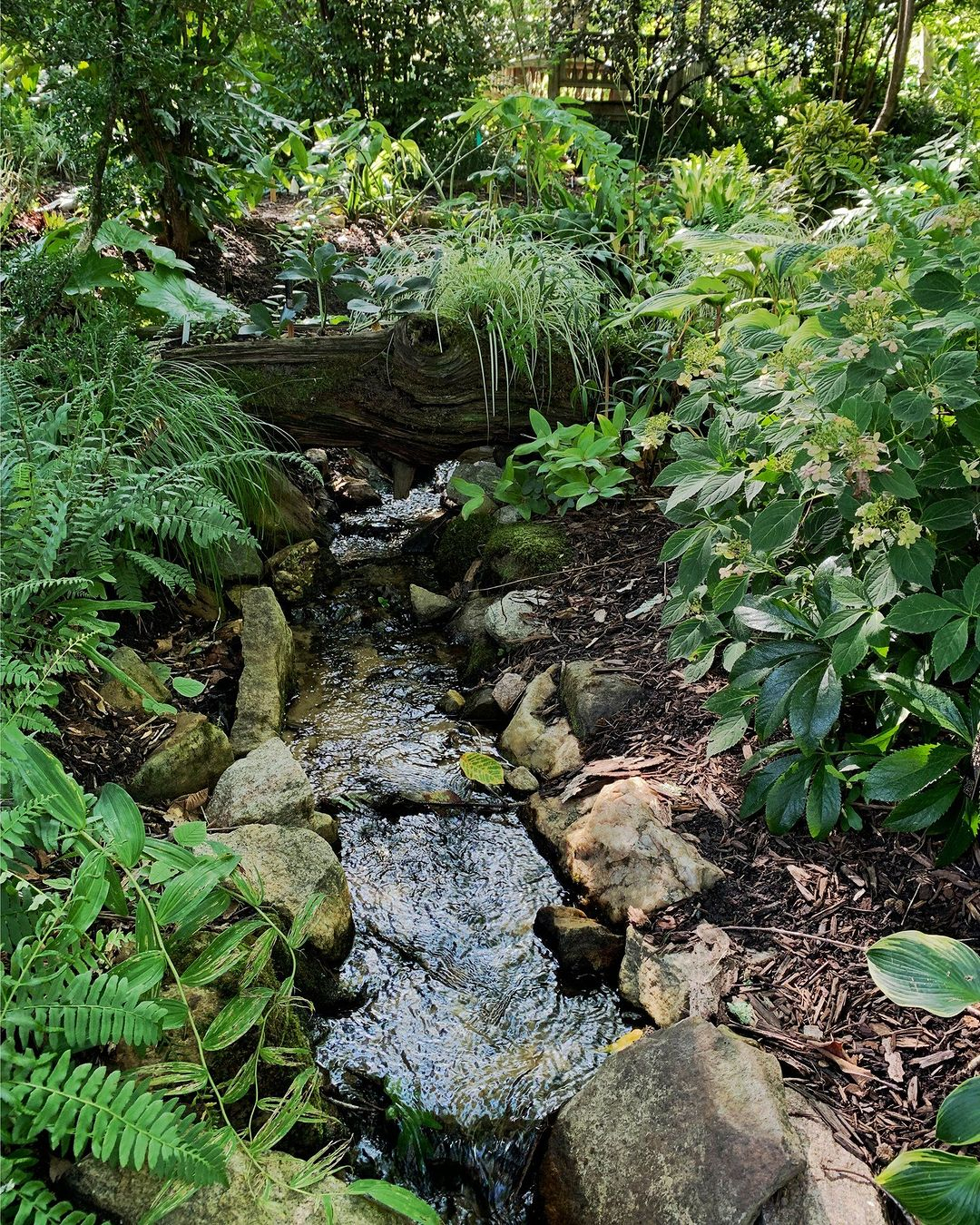
The way french drains work in your garden area is to encourage groundwater to seep into the drain with a layer of gravel. Water moves through gravel much more efficiently than soil because it quickly enters the pipe. No need to worry about rainwater flooding your garden area because the water flow will follow the path that has been made. The green plants around it are a beautiful and natural sight that you can plant with various types of green plants of various types. Natural French Drains from @plantdelights
Catch Basins
Whether you live in a rainy climate or a dry area, it’s important to have the right drainage system in place for your property. One of the best ways to improve your landscape drainage is to install catch basins in strategic locations around your property. A catch basin works by capturing water from downspouts and other points of interest, then directing it to a designated area. Once the water enters the basin, it’s filtered before being released into the sewer system or a watershed.
These boxes can help prevent flooding, which can lead to property and landscape damage. They’re also excellent for improving landscaping and resale value. When installed properly, catch basins will drain excess water quickly and effectively. However, they can become clogged with debris and scum over time. That’s why it’s important to have them cleaned routinely by a professional.
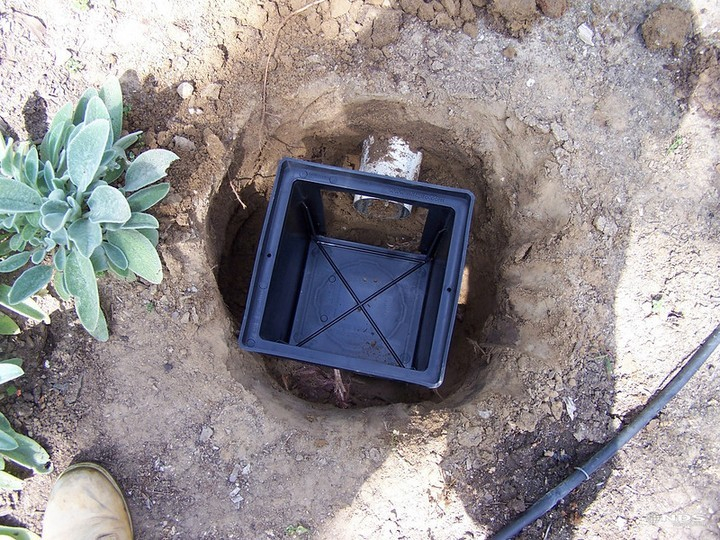
Catch basins are buried containers that will work to redistribute surface water. It is suitable for collecting rainwater in the backyard or front yard area. The open top is covered with perforated iron grating, this allows water to pass through freely and minimizes the presence of leaves or other debris that can enter. You can easily install it right under your home’s downspouts. Buried Container from @ndsdrainage
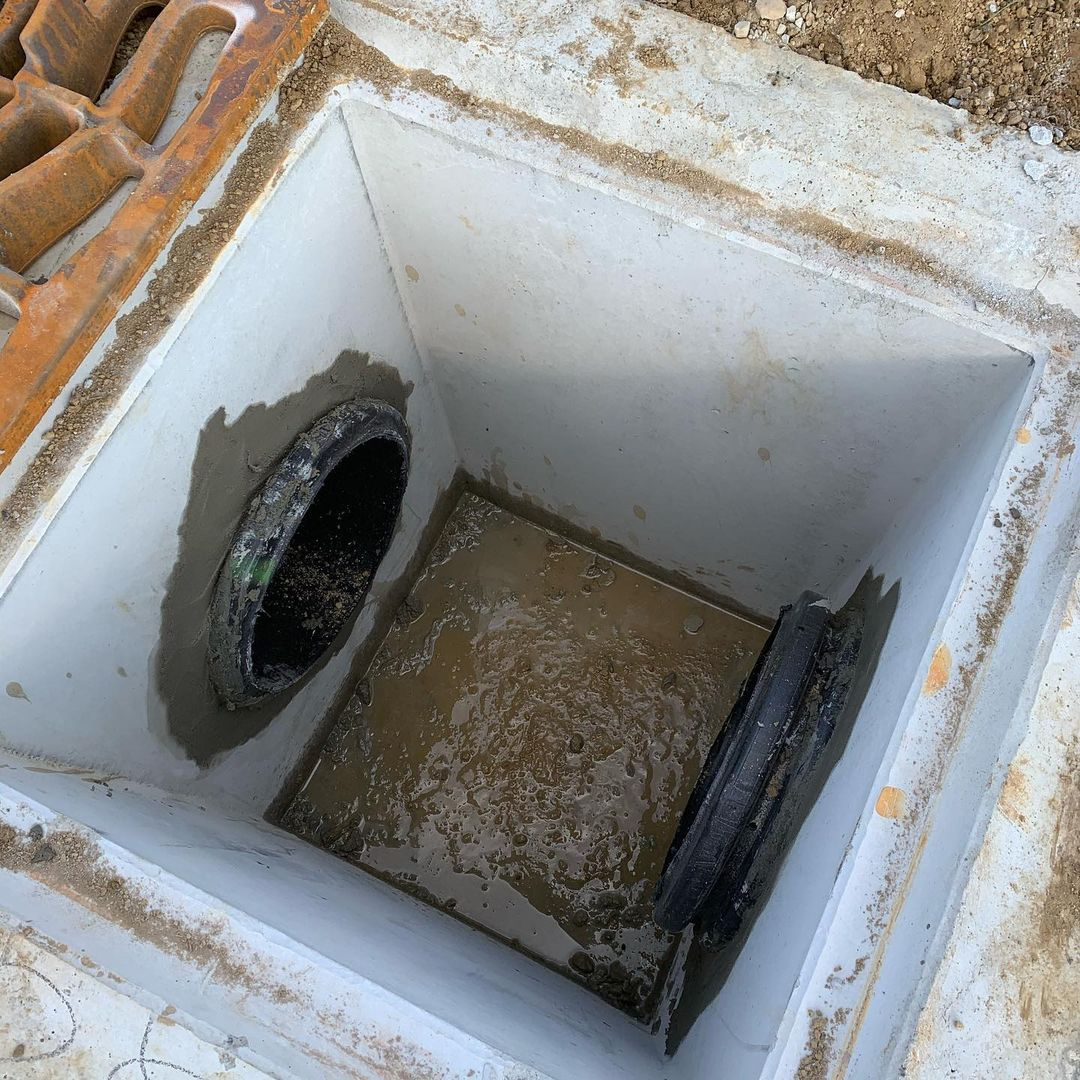
One of the advantages that you can get from using a catch basin is that it can prevent flooding which is recommended to be tried in a city that has a cold climate or winter. Its existence also does not reduce the beauty of your landscaped page because the installation is inconspicuous and is in an underground area. Try to clean it regularly to avoid insects, bacteria and fungi nesting because this area will become a damp area. Can Prevent Floods from @adamsexcavating
Dry Wells
Dry wells can be a great solution to reducing your landscape drainage problems. They help to filter stormwater runoff before it reaches the ground, which can prevent erosion and water pollution and protect against standing water.
Dry well systems can be as simple as a hand-dug pit lined with permeable landscape fabric and packed with rocks, or they can be as elaborate as a concrete tank or polyethylene storage container. No matter the style, a dry well must be covered with a grate to minimize debris collection and have an exit pipe that leads to a storm sewer in case of an extreme rainfall event.
These types of dry wells can be used on both residential and commercial properties, and they ease the strain on public storm drains. They are also ideal for directing the flow of rainwater that normally collects on large paved areas, such as driveways and patios.
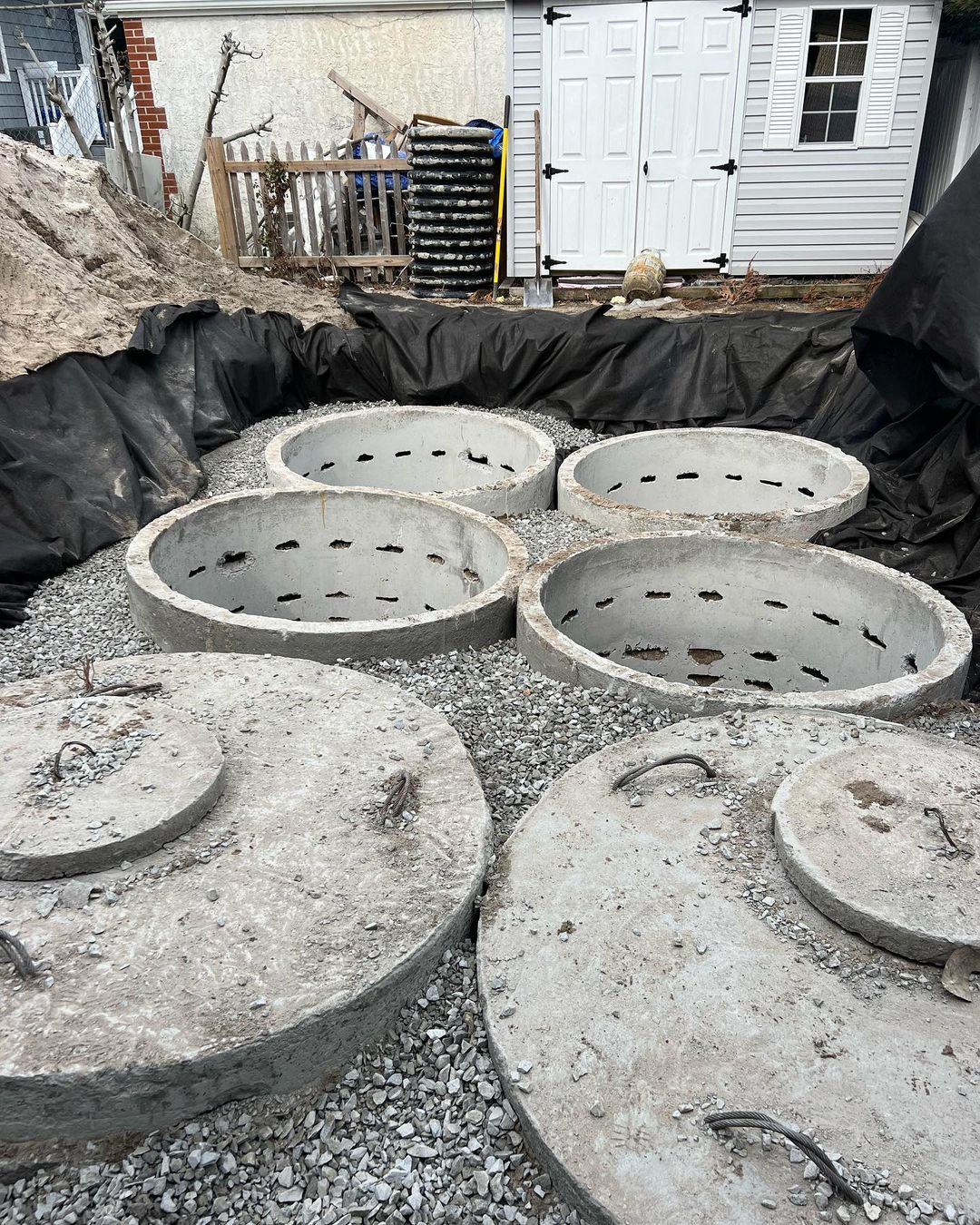
These dry wells constructed underground would be covered with porous walls which would allow water to seep through the walls and carry it further underground. This large tank is made of concrete so it doesn’t require a lot of maintenance and certainly won’t break easily when used for a long time. Dry Well Concrete from @vml_total_home_solutions
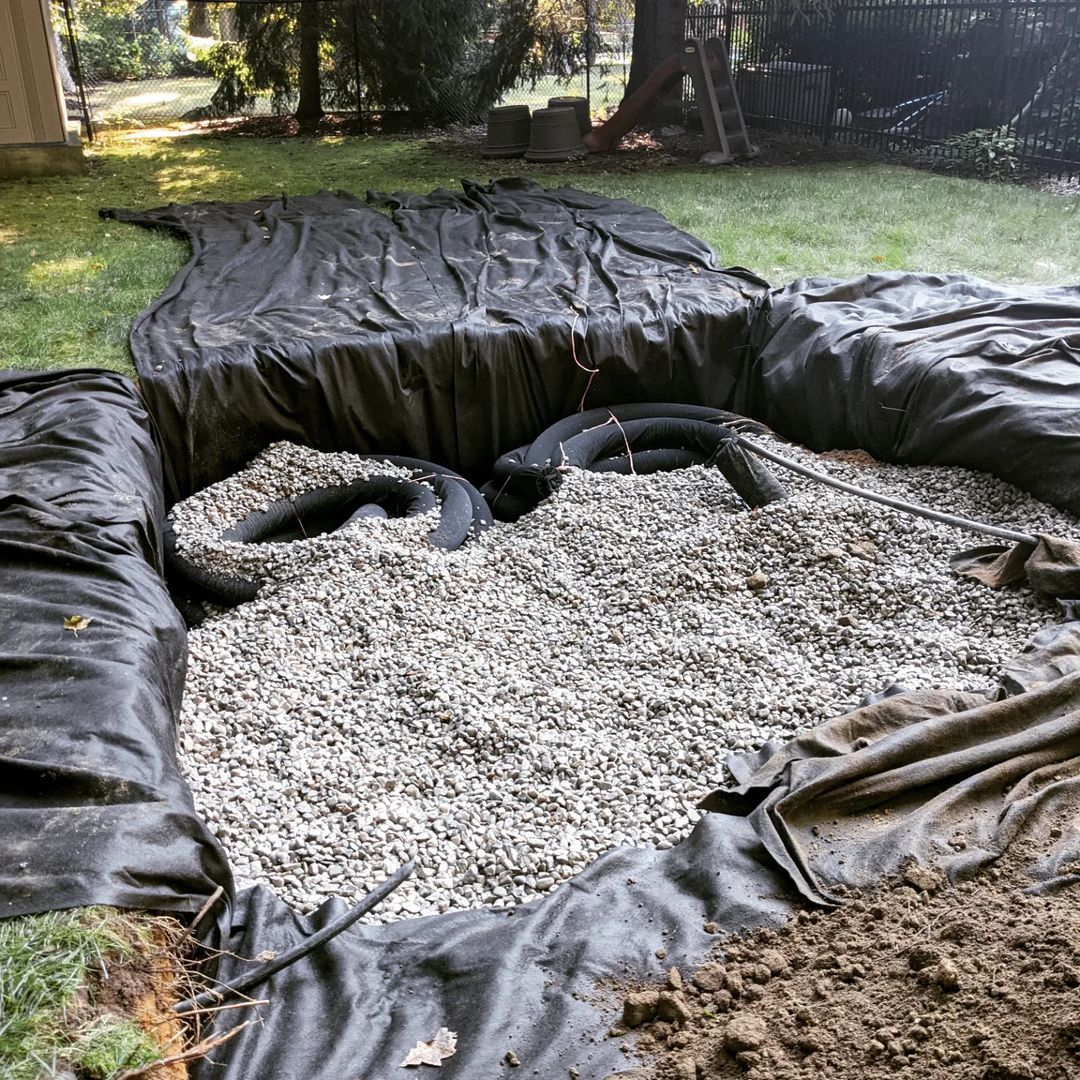
Large enough holes underground can be used as dry wells for your landscaping yard. These buried dry wells can be built almost anywhere and can handle harsher weather. Most of the dry wells are pits filled with gravel and debris so there is not much available for water. Buried Dry Well from @gjmacrae
Swales
Swales are low-lying areas that intercept runoff before it has the chance to become a small pond in your yard. They also help keep lawns looking good and protect landscape features. Unlike steep-sided ditches, drainage swales are wider than they are deep. This encourages water to slow and pond temporarily, allowing some of it to infiltrate into the soil.
They’re often planted with vegetation to improve water quality and provide habitat for wildlife. Vegetated swales are particularly effective at filtering out pollutants from surface runoff. They’re also an important element of many permaculture designs, because they improve the distribution of rainfall over the entire growing area. They also promote tree growth, thereby strengthening the soil and regulating water cycles.
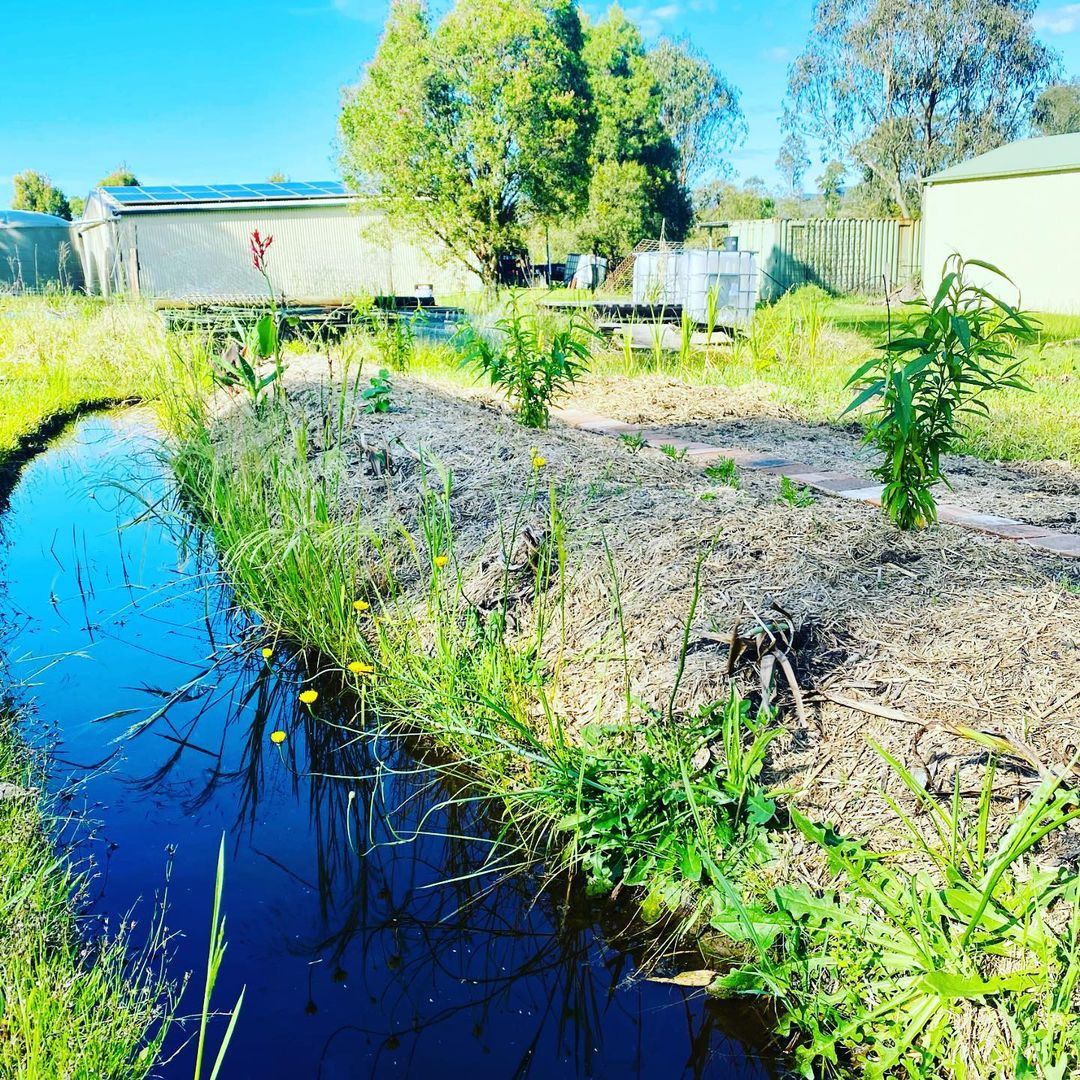
To collect rainwater from roads, driveways and other hard surfaces a decorative swale is a great addition to your landscaping garden area. Make it yourself according to the size and depth you need, you can also call experts when you don’t have free time. These swales have sloping sides and are wider than they are deep. Shallow Channel Swales from @littleleavenfarm
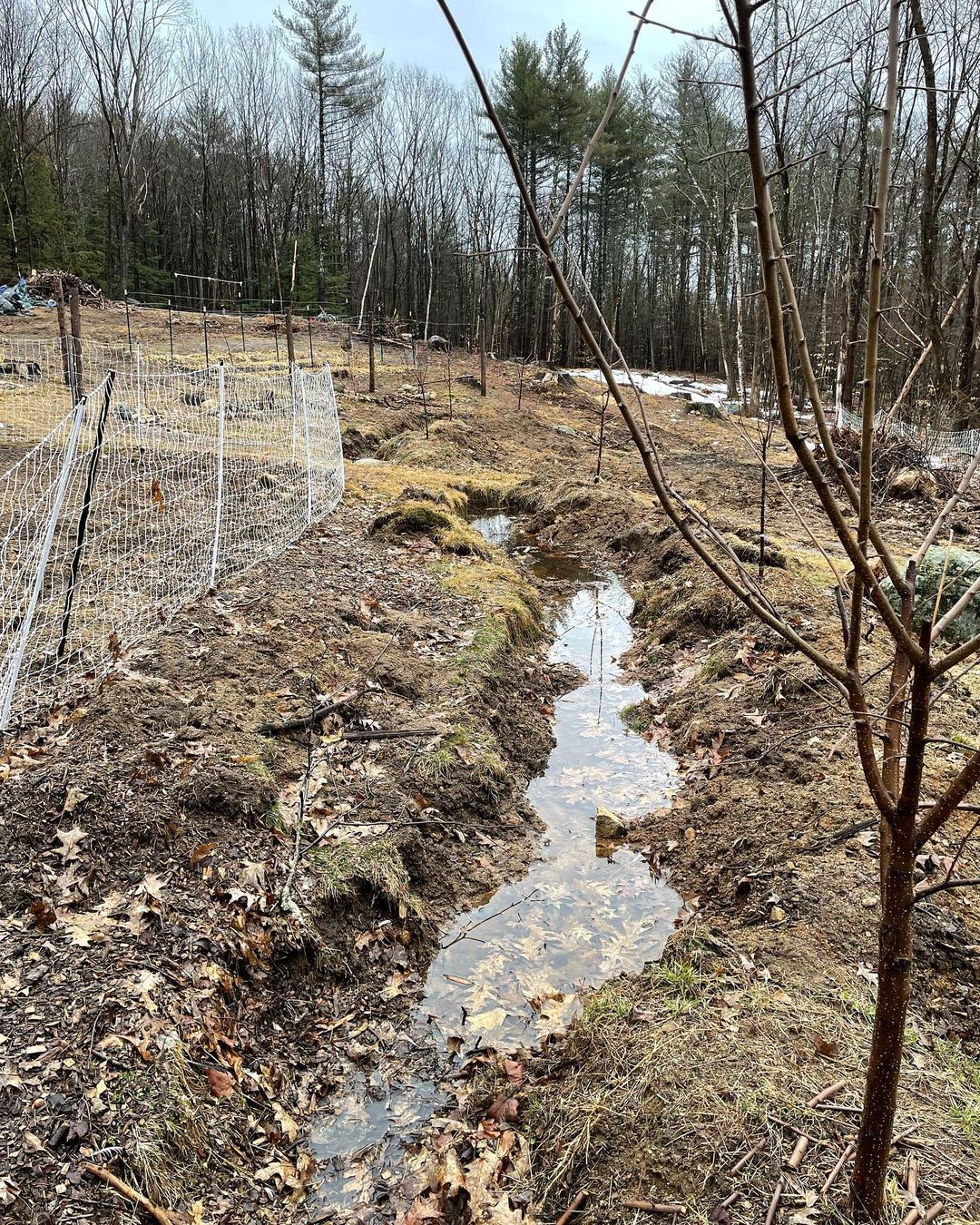
To help moisten the soil in your garden area, the swales design is one of the important accents that you can make yourself. Usually these swales have a fairly shallow depth and can collect rainwater from any direction. Just make a wavy swales design to make it look more stylish. Swales Garden Decor from @againandagainfarmstead


